Poinsettias: Not a Flower, a Bract
Poinsettias (Euphorbia pulcherrima) are one of the most popular winter and Christmastime plants. They can be found this time of year in retail outlets and florists and now even in grocery stores. The gorgeous display of bright red against dark green foliage is the perfect combination to match our traditional Christmas palette of red and green.
These colors have been used for decorative purposes during winter months dating back to Roman times with the celebration honoring the god Saturn each year between Dec. 17 and 23. The tradition was carried on by Christians as early as the 1300s.
Native to Mexico and Central America, the poinsettia grows naturally in the landscape in moist areas that get six to eight hours of indirect sunlight. The Aztecs of Mexico cultivated and used poinsettias for decorative purposes in religious ceremonies, medicinal purposes and as a reddish-purple dye.
Poinsettias get their name from Joel Poinsett. A member of the U.S. House of Representatives from South Carolina, he was a physician and minister to Mexico in the early 1820s.
Poinsett sent the plant back home to South Carolina and shared it with other plant enthusiasts. Since then it has been grown and used by florists and decorators alike during the winter. Highly cultivated, hundreds of varieties come in shades of red, white and pink and mottled or striped combinations of the colors.
Poinsettias do well in containers indoors year-round in well-lit areas protected from drafts and outdoors on patios or protected from full sun during the warmer months.
The showy colors of the poinsettias are not flowers. They are actually modified leaves called bracts. The actual flowers are the yellow centers of the bracts. When grown naturally in its native setting, the plant is a large shrub or small tree that grows up to 10 to 15 feet high. As a potted plant, they usually only grow 1 to 2 feet tall.
To care for it, water the plant when the soil dries. They do not like to be too wet or too dry. Water at the base of the plant directly on the soil.
The plant produces a milky sap that may irritate those who are sensitive to latex. If eaten in large quantities, the sap may cause a mild irritation or possible nausea for pets, especially small kittens and puppies who just love to destroy plants. However, poinsettias are not poisonous, according to a study at The Ohio State University.
The best way to select a poinsettia is to look for one that has at least six or more bracts extending over the lower green leaves. Inspect the leaves — they should not droop — and check underneath for pests such as white flies. The longest-lasting poinsettias will have no pollen or sap in the yellow flowers in the center of the bracts. If they have begun to show yellow pollen and sap, poinsettias will not provide a display for much longer. A poinsettia should last for four to six weeks in the home if properly cared for.
Once Christmas is past, plants may continue to look good into spring. After that, some folks just throw them away or compost them. They can be transplanted into the yard, but you may lose them during hard freezes if not protected. South sides of the house will be the most protected. Before planting, cut them back to one-half their size. You can also try to get your poinsettia to bloom again for the following year.
Poinsettias are short-day plants. That means they set buds and make flowers when the nights lengthen in fall and winter. To help the plant flower and develop the colored bracts, it must receive six to eight hours of indirect sunlight during the day and 14 hours of darkness at night for 40 days straight, starting about Oct. 1. You can do this by covering the plant with a black plastic bag to the ground every afternoon and continuing the practice daily until color shows in the bracts. I’ve successfully done this — with patience.
Read our blog, "Poinsettias: Care Through Winter & Beyond" here
Article by LSU Ag Center. Visit online here.


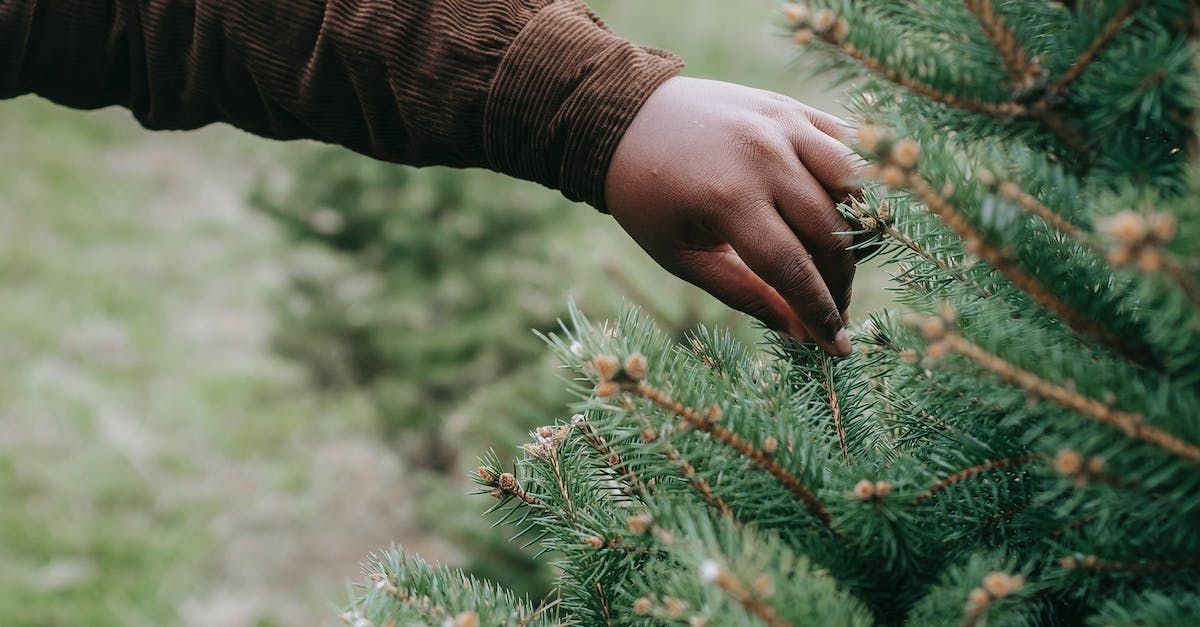
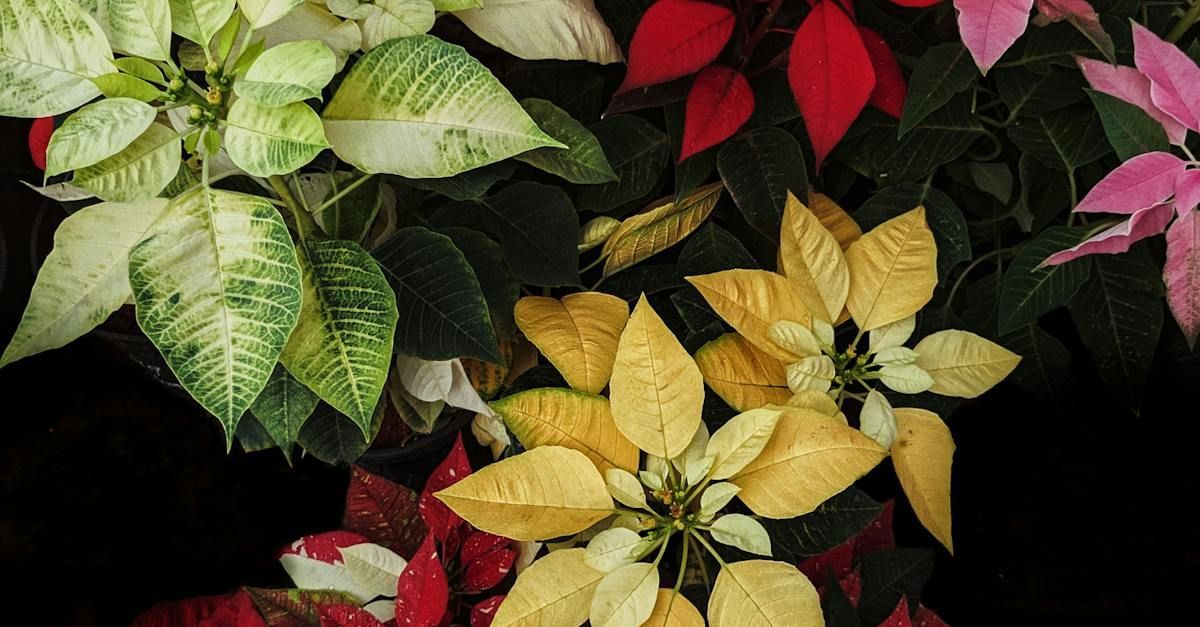
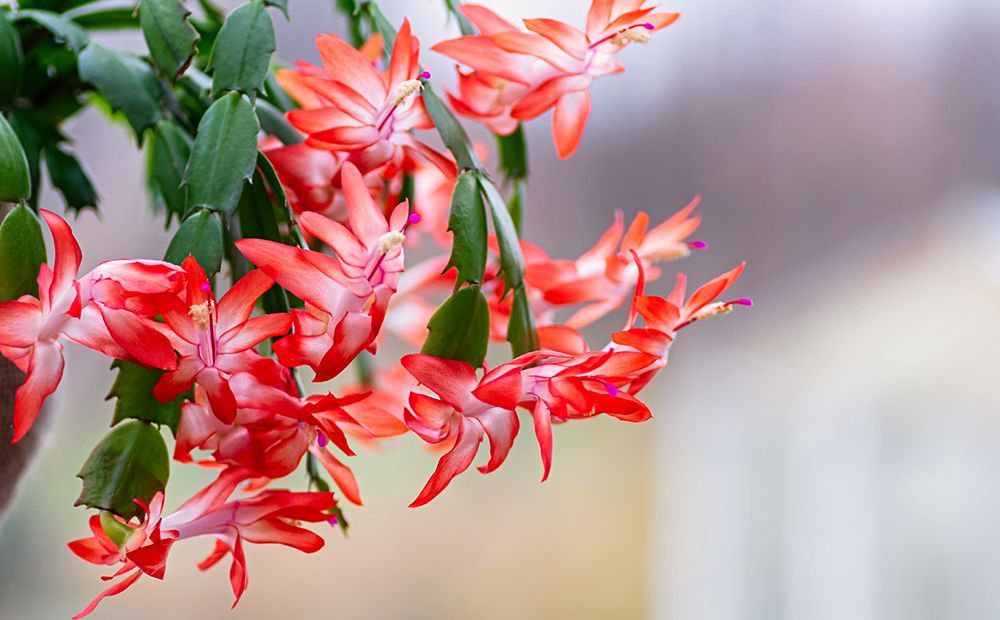
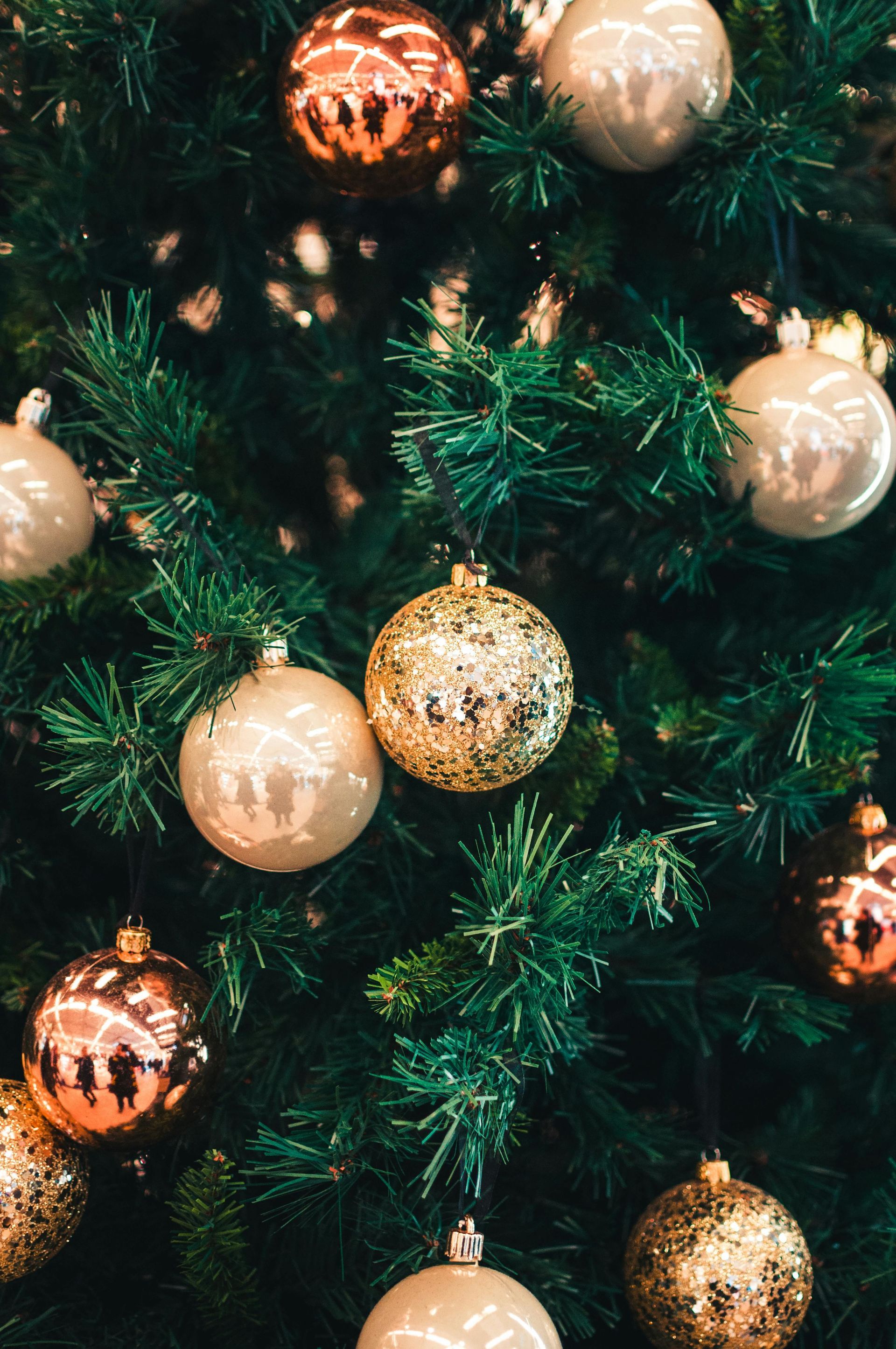
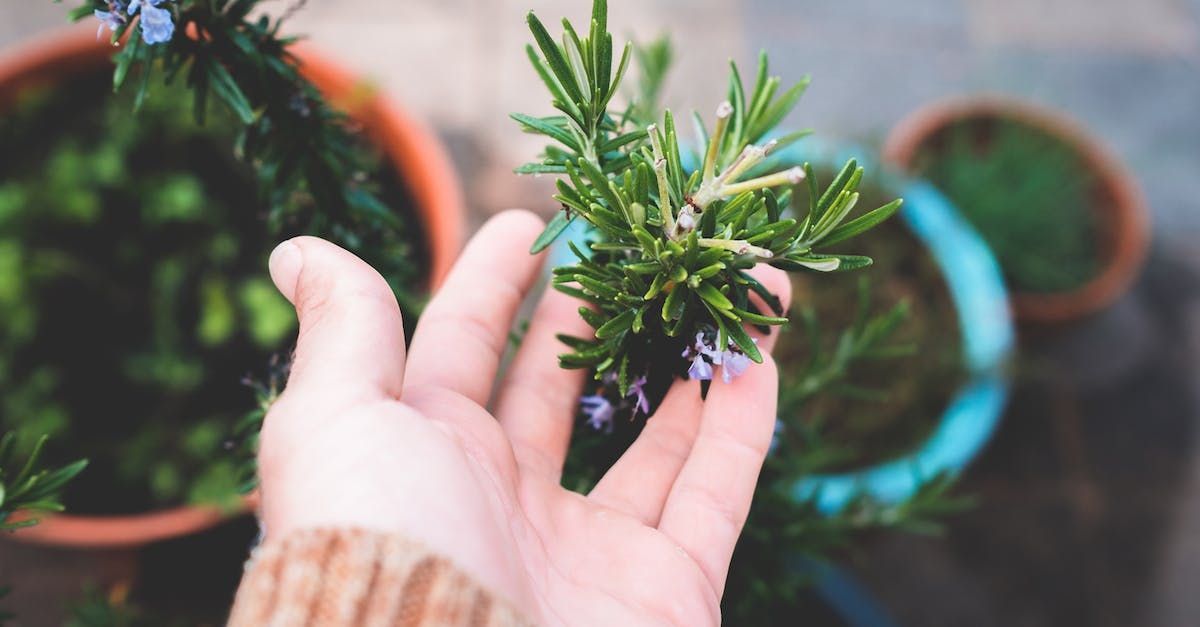

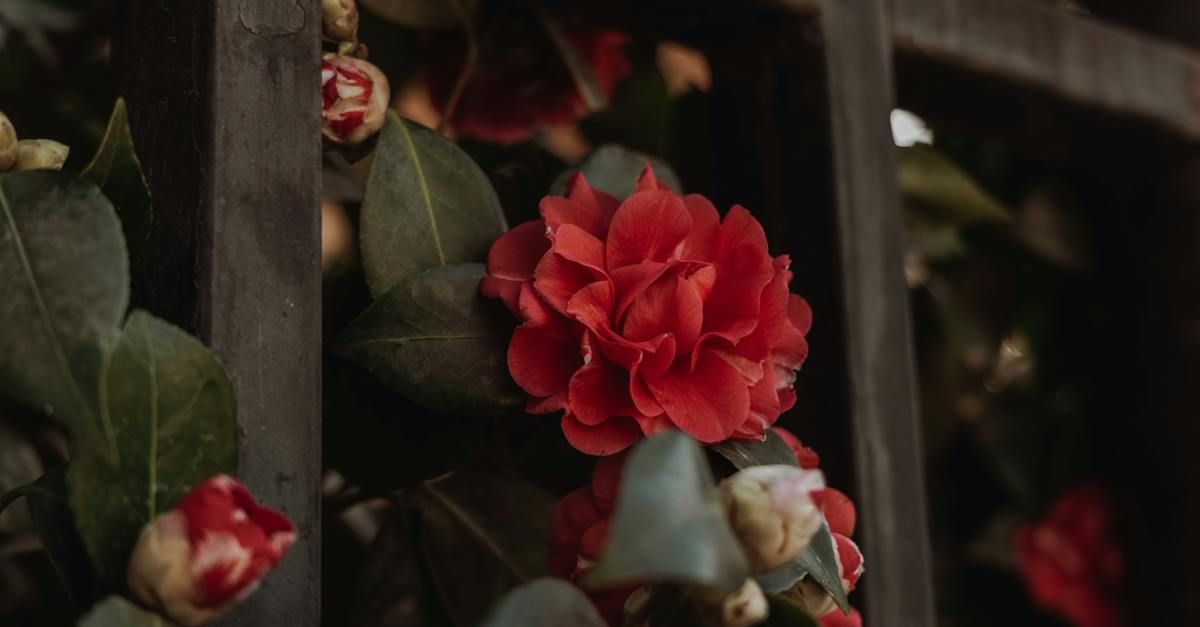
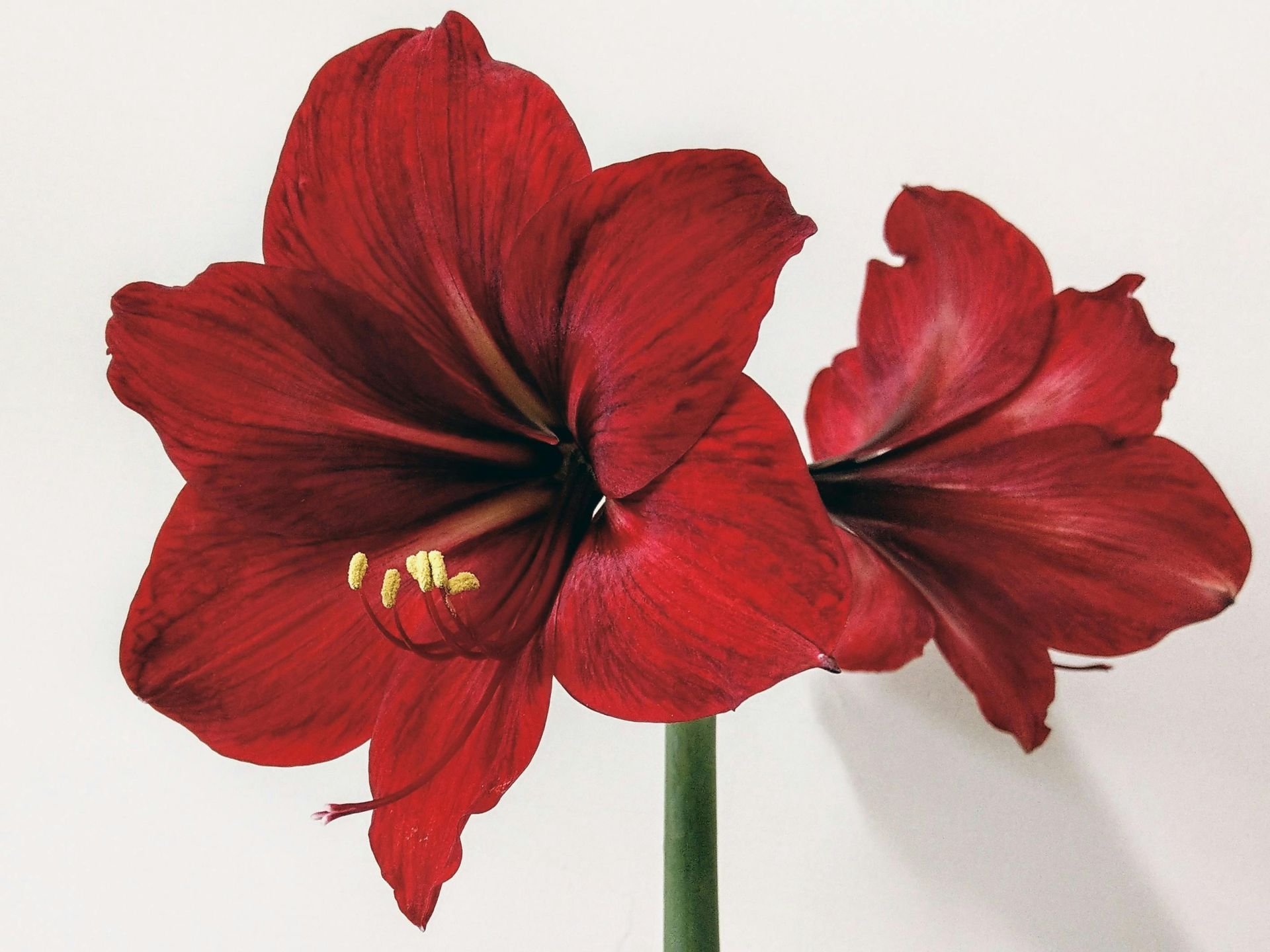
Browse Our Website
Our Services
Contact Information
Phone: (337) 264-1418
Email: info@buyallseasons.com
Location: 2974 Johnston St Lafayette, LA 70503
Business Hours:
Monday-Saturday 9am-6pm •
Sunday 10am-5pm


